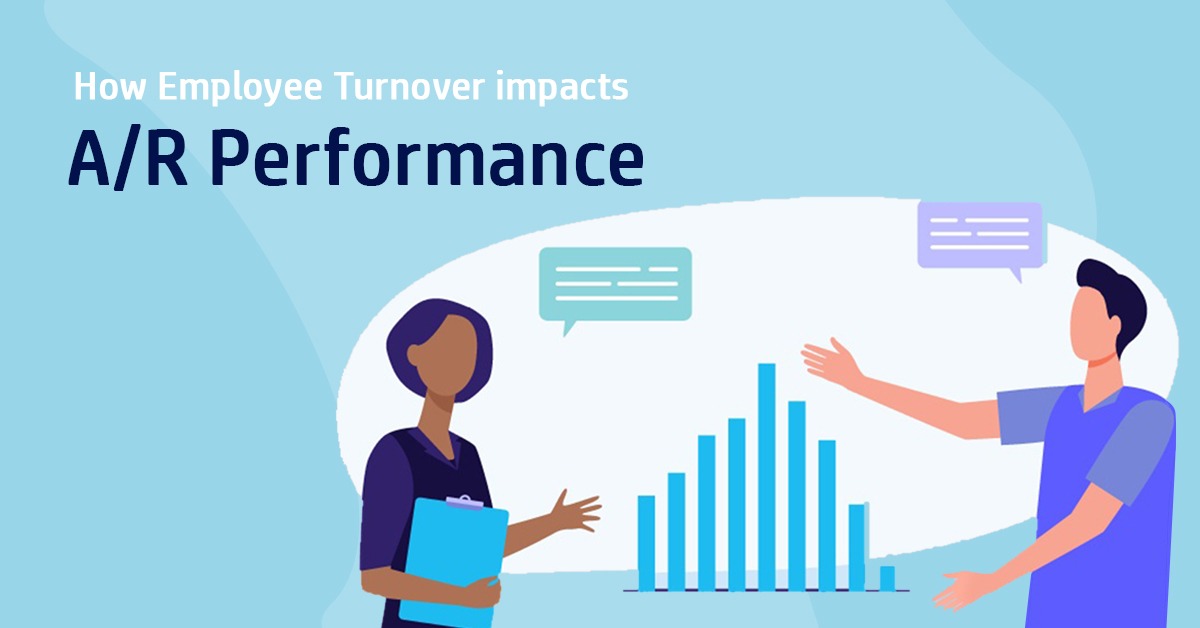Employee turnover is one of the main issues for many businesses these days. High employee turnover rates can have detrimental repercussions on both the firm and the personnel. If there is a constant need for recruiting and training new staff, it may be challenging to stay true to the company’s culture and goals. With a low turnover rate, it is simpler to keep the workplace positive and have a more engaged and focused workforce.
According to an SHRM (Society for Human Resource Management) article ‘The full cost of replacing an employee, including training and lost productivity, can be anywhere between 90% and 200% of that individual’s yearly compensation.’ In simple terms, the implications for business are also profound. Each employee’s departure costs roughly one-third of their yearly salary in lost productivity, recruitment fees, and temporary replacement staff.
Staff turnover is the number of employees who leave an organization and have to be replaced within a specific time frame. The more employees depart during that time, the greater the company’s staff turnover rate is. The amount of employees who leave a company has a big effect on the bottom line. Both negative and positive consequences are possible, but the former is much more prevalent. Revenue, workplace morale, service or product quality, rate of return on investment, labor efficiency, and other company KPIs are all impacted by high turnover rates.
Take a closer look at how employee turnover affects the performance of an organization’s Accounts Receivable.
Some customers speak with their A/R representative more frequently than they do with any other employee. Whether it’s problems with their invoice or goods, short shipments, damages, etc., everything finally comes back to A/R.
Smart customers notice these discrepancies and begin exploring more. When they don’t receive a call, they may first be 30 to 45 days past due before pushing it to 2 months (60 days). They make start making deductions more frequently if they short-pay a transaction and never receive a call to follow up to either confirm or deny the allegation. The financial impact is significant when a customer eventually pays 90% of all invoices on the 120th day or after.
While high turnover may be difficult for Human Resources, it directly affects the Credit or A/R manager. An ambiguous approach and a lack of specific client business intelligence are brought on by constant employee turnover. The hiring and training process diverts an A/R manager from managing their main duty, which is trying to ensure A/R performance is maintained. This entails preserving the client connection, pushing for higher collections, and swiftly addressing client disputes.
It is evident that there are a lot of external hurdles to payment processes in the business world nowadays, and customers are becoming more aware of the advantages and when they can get them. Reducing turnover is entirely an internal concern and a minor barrier with tremendous rewards.
For instance, a business that experiences little turnover offers stability and consistency, which are both crucial for forging strong bonds with its clientele. As a result, their A/R performance is at its peak, with currency percentages in the low 90s and barely detectable A/R for transactions older than 60 days. Invoices that are past due are handled right away. Customer complaints are quickly identified, tracked, and followed up on.
Turnover has a direct impact on A/R performance. As time passes, you are left with lower morale credit manager and aged debt that could take long to recover.
Are you facing the following issues?
Wasting time doing repeating tasks like sending manual reminder through email and sms?
Losing track of customer requests like handing disputes?
Increased DSO and reduced cash collection?
Get in touch with us to learn how SpurtCloud can help digitize your A/R Department.


